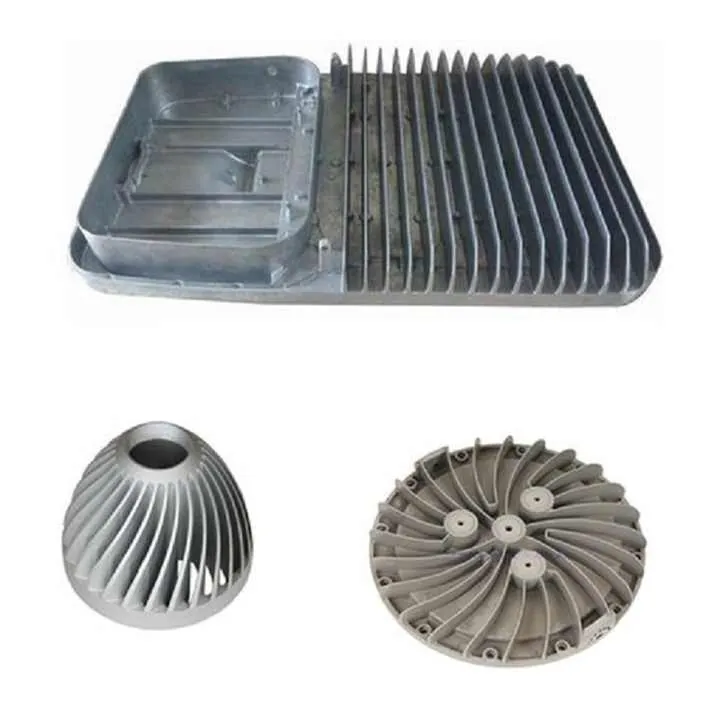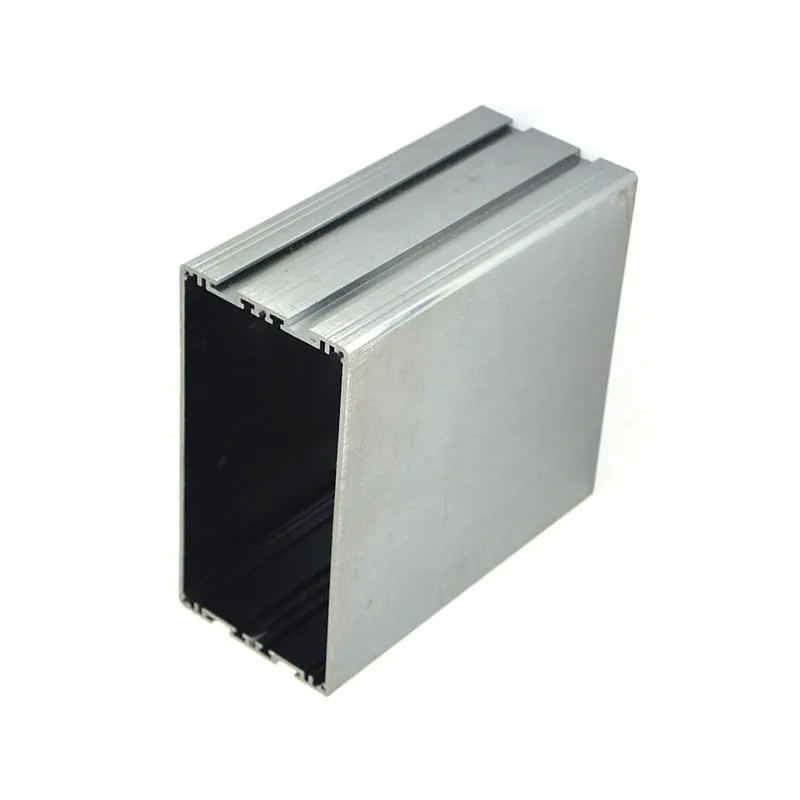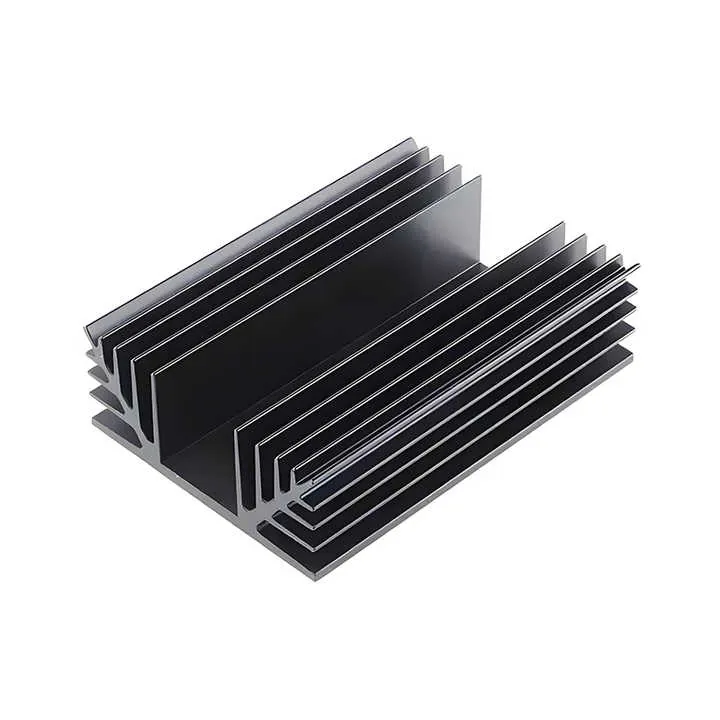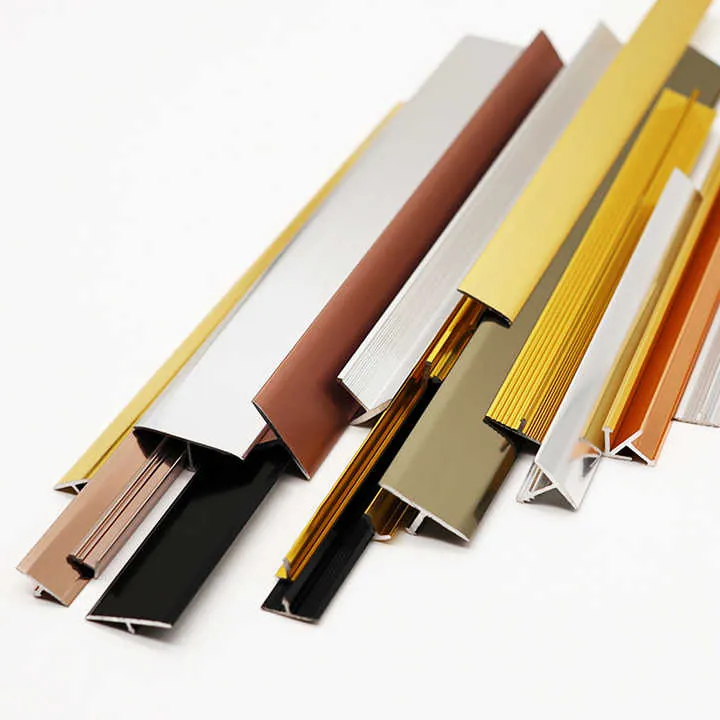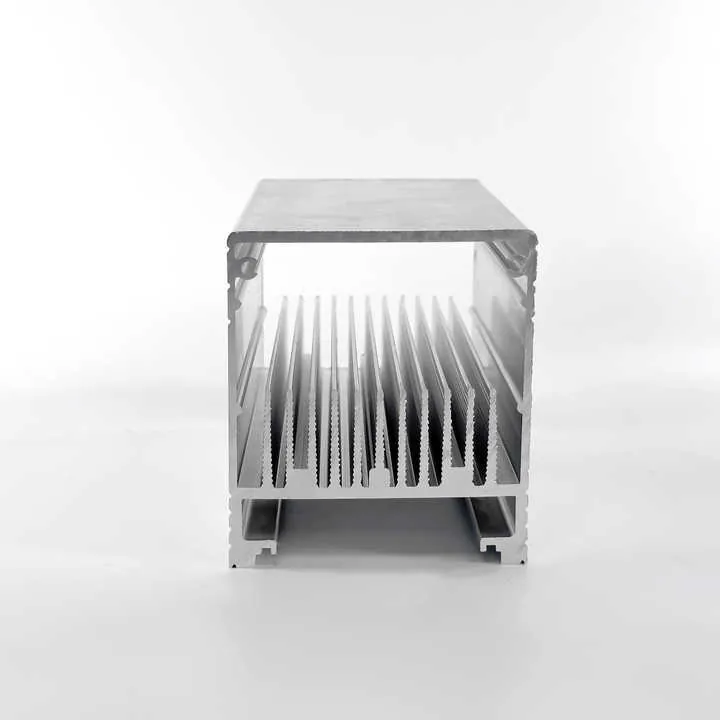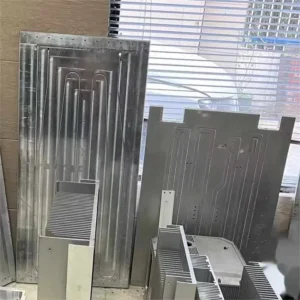
When I show customers aluminum parts we’ve machined-especially brackets or enclosures-the first thing some of them do is grab a magnet. They’re surprised when nothing happens.
No, magnets do not stick to aluminum. It is not a magnetic material under normal conditions.
This fact often confuses people, especially when they think all metals are magnetic. But aluminum behaves differently-and it has to do with how its atoms interact with magnetic fields.
Why doesn't aluminum react to magnets?
We’ve all seen magnets stick to refrigerators or steel tools. So why does aluminum stay unaffected? It's metal, after all.
Aluminum doesn’t react to magnets because it is paramagnetic-it has a weak, temporary response to magnetic fields and doesn’t retain magnetism.
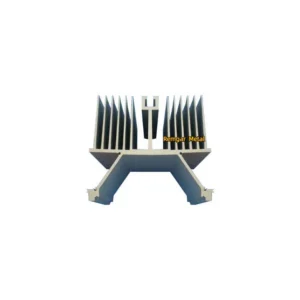
I remember Sophia from the U.S. once asked if her smart device casing needed shielding because “aluminum wasn’t magnetic.” It’s a good question. Here's why aluminum stays nonmagnetic:
Understanding Magnetic Types
| Material Type | Magnetic Response | Examples |
|---|---|---|
| Ferromagnetic | Strong, permanent | Iron, Steel, Nickel |
| Paramagnetic | Weak, temporary | Aluminum, Magnesium |
| Diamagnetic | Weak, repels fields | Copper, Bismuth |
Aluminum’s electrons don’t align in a way that supports magnetism. So it won’t be attracted or repelled by static magnets like ferromagnetic materials are.
But there’s more to the story when you introduce movement or powerful fields.
Is aluminum considered magnetic in any form?
Some people still ask: “Is there any case where aluminum can be magnetic?” The answer might surprise you.
Aluminum is considered paramagnetic, meaning it has a weak magnetic response-but only in the presence of an external magnetic field.
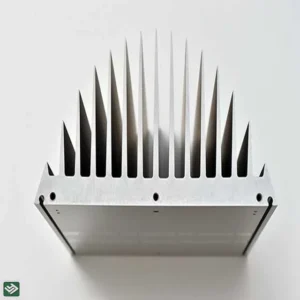
David from Germany, a client in industrial automation, once asked if our aluminum brackets would interfere with his system’s magnetic sensors. I told him: aluminum itself doesn’t store magnetism and won’t mess with permanent magnets.
So what does "paramagnetic" mean?
- Aluminum has unpaired electrons.
- These electrons react slightly to magnetic fields.
- But they don’t stay aligned after the magnetic field is removed.
Can you see this in action?
Not in everyday situations. You’d need very sensitive instruments or very strong magnetic fields (like those in a physics lab) to measure this effect. For practical purposes, aluminum is treated as nonmagnetic.
So while aluminum is technically magnetic in one sense, it doesn’t behave like iron or nickel in any way that affects product design.
Can aluminum be magnetized artificially?
Customers sometimes ask me if aluminum can be magnetized by machines or treated to make it magnetic-especially for applications involving magnetic locks or sensors.
No, aluminum cannot be permanently magnetized. It does not have the atomic structure needed to support ferromagnetism.
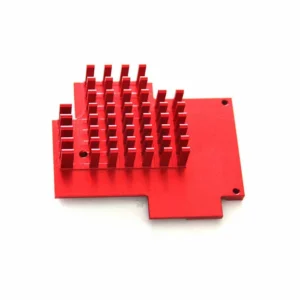
This is very different from materials like iron or steel. They have a crystalline structure and electron alignment that allow them to become magnets under the right conditions.
Why aluminum resists magnetization
Electron Configuration
Aluminum’s electrons are arranged in a way that cancels out magnetic fields inside the atom. There’s no internal structure to “lock in” a magnetic field.
No Magnetic Domains
In ferromagnetic materials, there are small regions called magnetic domains. These domains can align and stay that way. Aluminum has no such domains.
After exposure
Even after being exposed to a magnetic field or electromagnet, aluminum will:
- Show a tiny, momentary attraction.
- Lose all magnetic properties instantly when the field is removed.
This makes aluminum safe for use around sensitive electronics and medical devices, where magnetic interference could be a problem.
How does aluminum behave in magnetic fields?
Here’s where things get really interesting. While aluminum isn’t magnetic in the usual sense, it still does something when exposed to changing magnetic fields.
In a moving or alternating magnetic field, aluminum can interact through a phenomenon called electromagnetic induction-causing eddy currents and repulsive forces.
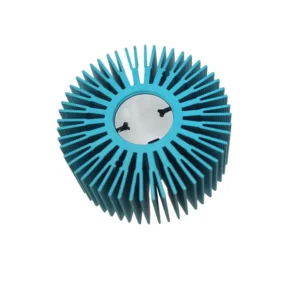
I once visited a client’s factory where they used an eddy current separator. It sorts out aluminum parts from a moving belt without touching them-using magnetic fields alone. That’s not magic. That’s physics.
How this works
When a conductor like aluminum moves through a magnetic field:
- The field induces a current inside the aluminum.
- This creates its own magnetic field (Lenz’s Law).
- The two fields oppose each other-creating resistance or lift.
Practical Examples
| Application | How It Works |
|---|---|
| Eddy current brakes | Use aluminum disks to slow down motion |
| Metal sorting machines | Separate aluminum from steel and plastic |
| Magnetic levitation | Aluminum sheets can be floated or repelled |
Visual demonstration
Try this at home: Drop a magnet through a copper or aluminum tube. It falls slowly-like it’s in molasses. That’s eddy current drag in action.
Aluminum is not just lightweight and corrosion-resistant. It also shows clever interactions with magnetic fields, making it useful in unexpected ways.
Conclusion
Aluminum doesn’t stick to magnets, but it has fascinating behaviors in magnetic fields-especially when motion is involved. Its nonmagnetic nature makes it ideal for many sensitive applications.

